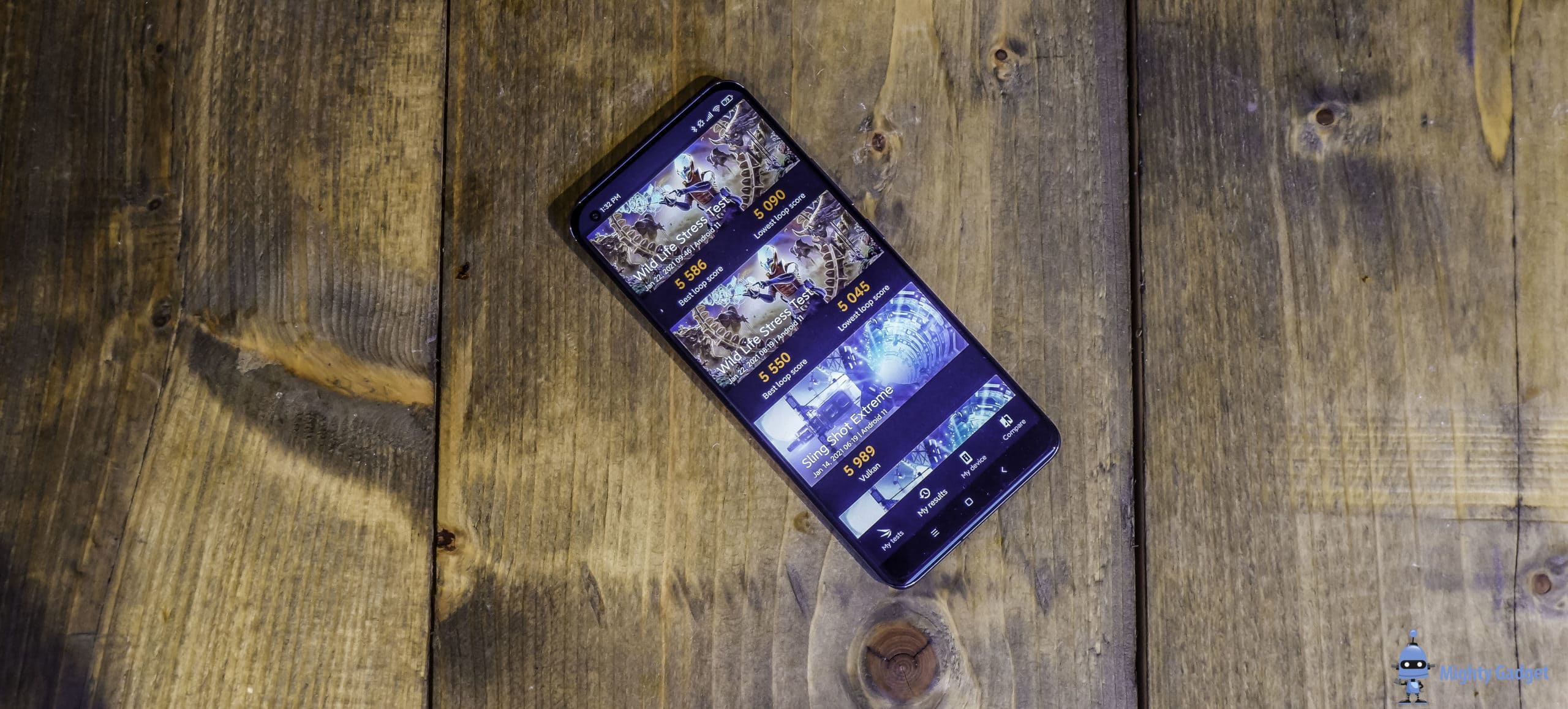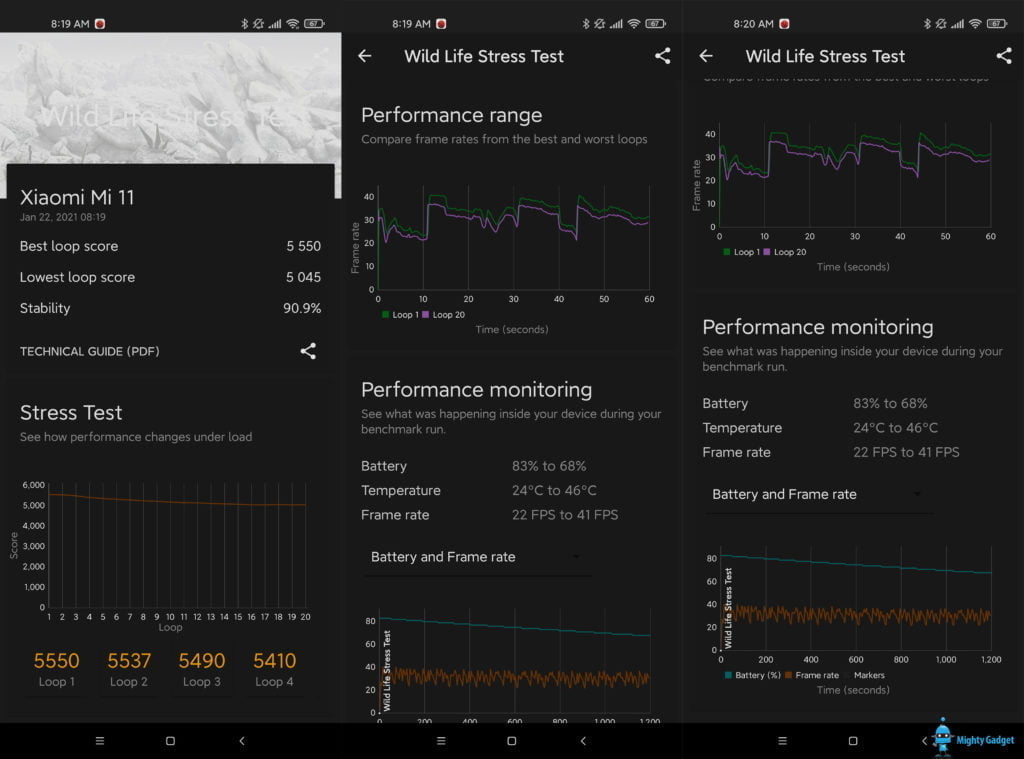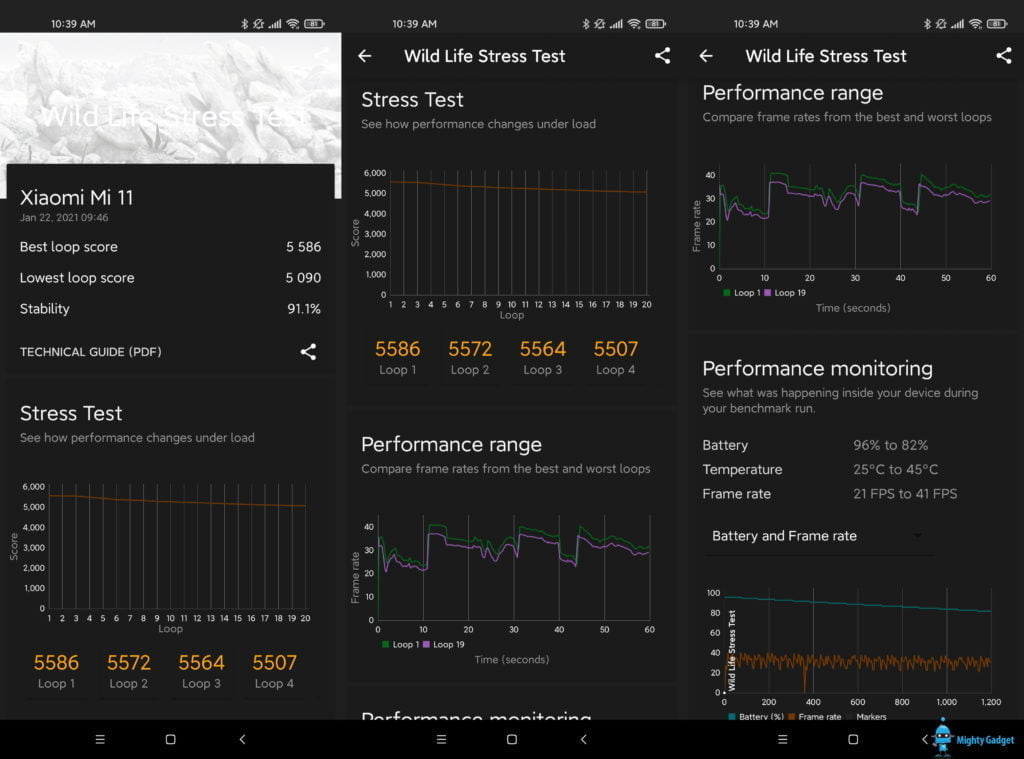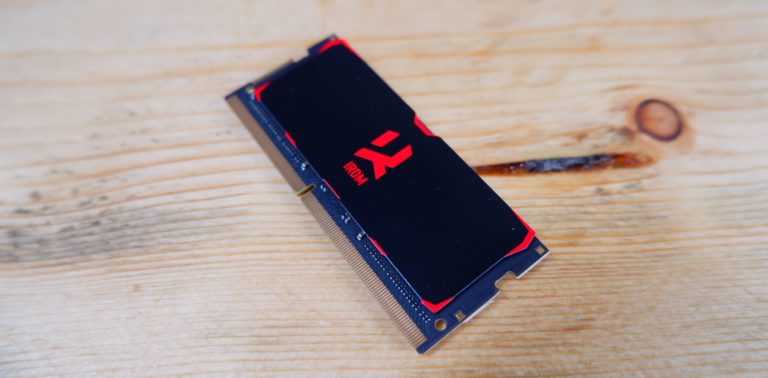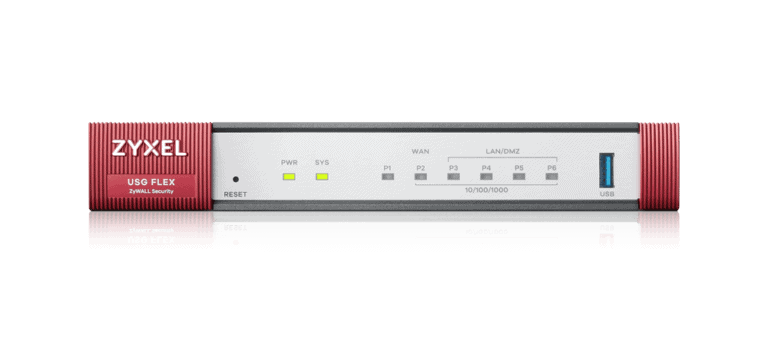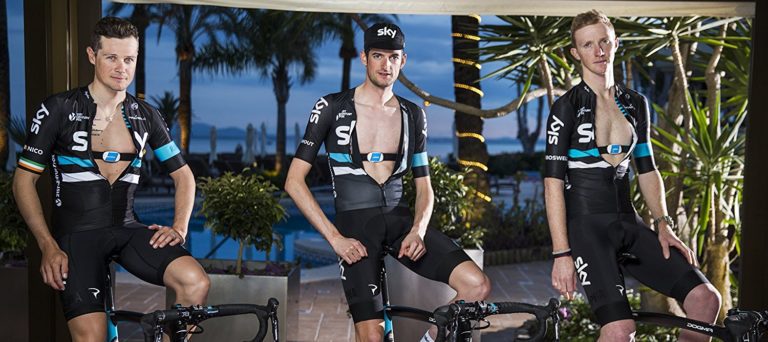Any links to online stores should be assumed to be affiliates. The company or PR agency provides all or most review samples. They have no control over my content, and I provide my honest opinion.
This was part of the Xiaomi Mi 11 review I am finalising, but it ended up being so long it warranted its own post.
My tests here are not the most thorough in the world, but they still highlight some issues that have been raised by others regarding the phone, and potentially the SD888 chipset.
In my initial performance comparison of the SD888 and SD865, I highlighted that the Xiaomi saw a 9-degree rise during the Antutu test, more than double what that Realme X50 Pro with the Snapdragon 865.
Retesting Antutu – Worryingly high-temperature increase
Retesting the Xiaomi today (22 Jan) had the phone achieve a new higher result with Antutu, comfortably surpassing the 700K mark.
The CPU and GPU results saw the biggest grown with the CPU going up 3.7% to 704,019 and the GPU increasing 2.3% to 306598.
However, what was concerning was that the temperature raise increased to 12°C, though in this case the battery dropped a little less at 4%.
Wild Life Stress Test
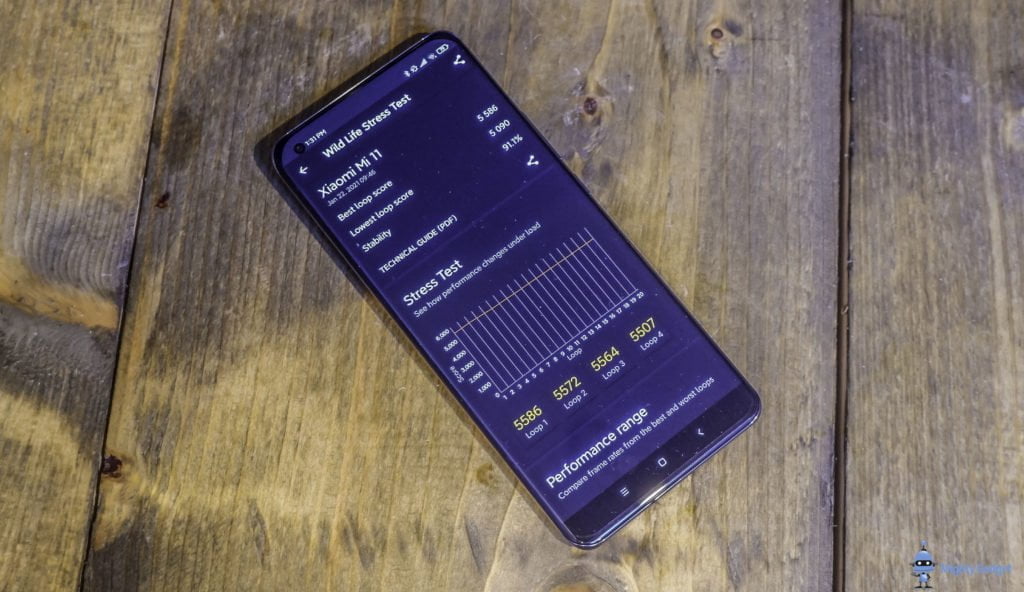
To try and get a better idea of this issue, I ran the Wild Life Stress test on the phone. I did in on the Realme X50 Pro and the Huawei P40 Pro+ which uses the Kirin 990.
This test runs for 20 mins and is supposed to replicate real-life gaming.
Xiaomi M11 @ WQHD+ (3200×1440) and 120Hz
During the 20 mins test, the battery dropped from 83% to 68% with the temperature increasing from 24°C to 46°C.
The results then ranged from 5500 to a low of 5045 giving a stability score of 90.9% or an 8.2% drop in performance over the course of the test
Xiaomi M11 @ FHD+ (2400×1080) and 60Hz
I wondered if the high-resolution screen was the cause of some of the problems, so I redid the test in FHD @ 60Hz.
The results were not much better, with the best loop score of 5586 and low of 5090 giving a stability score of 91.1% and a massive 20°C difference in temperature, moving from 25°C to 45°C. This then suffered a large drop in battery going from 83% to 68%.
Huawei P40 Pro+ (Kirin 990)
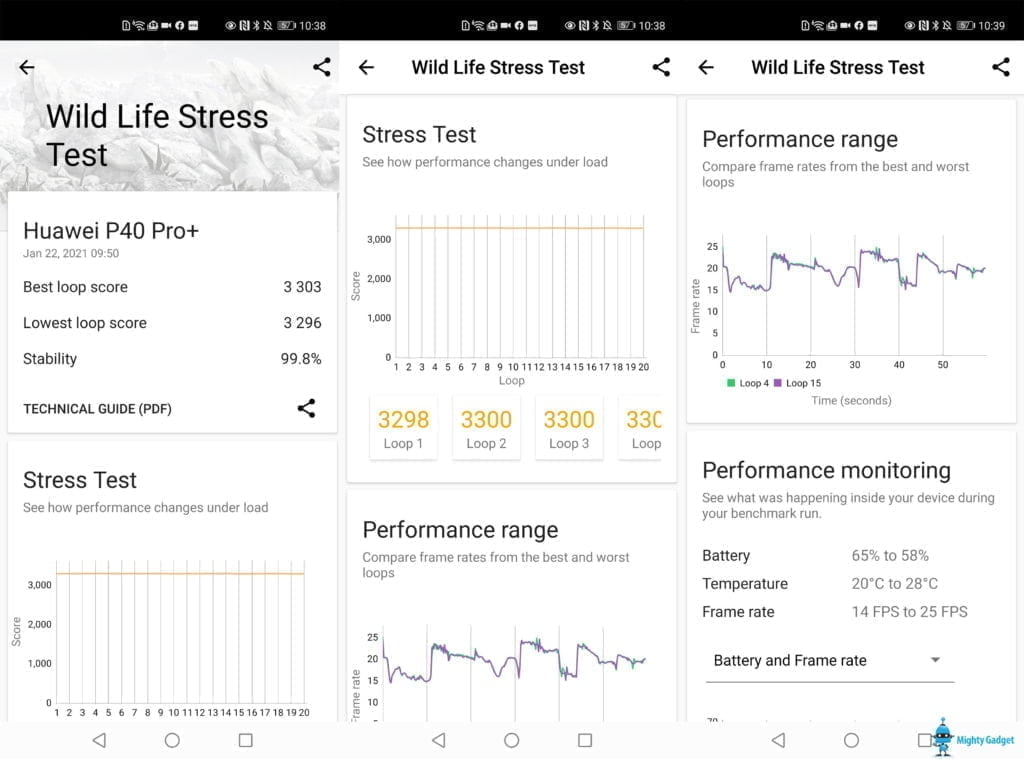
For the Huawei P40 Pro+, that had the battery drop from 65% down to 58% with a temperature increase of 8°C, and stability of 99.8%. Of course, with the Kirin 990, the overall performance was much lower.
Realme X50 Pro (Snapdragon 865)
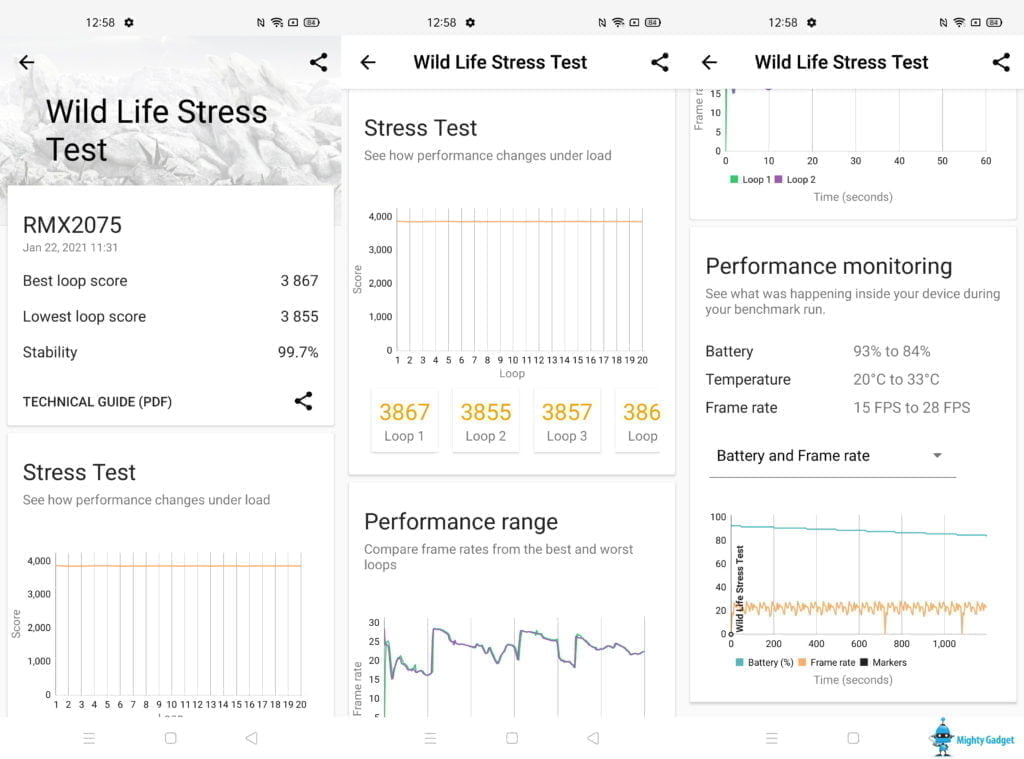
Annoyingly I had reset and packed up my Realme to be sent off to repair, but seeing these results made me want some data that is a little more comparable to the SD888.
For the Realme X50 Pro this achieved an incredibly consistent score of 3866 to 3855 giving it a 99.7% stability rating. Temperatures moved from 20°C to 33°C and a drop in battery from 93% to 84%.
The one saving grace here is that the Xiaomi Mi 11 absolutely hammers the two other phones in the overall results, the lower result achieved by the Xiaomi was 30% higher than the best result of the Realme.
Overall
For day to day use, I can’t say I have noticed any problems caused by the Mi 11 running hot. I have already stated in my previous post that the battery isn’t amazing but it still easily gets me through the day.
I didn’t notice a dip in gaming performance and the benchmarks indicate that in throttled conditions it still performs better than others.
However, I live in the north of England, and my house is cold, my office is typically well under 19-degrees c. People in warmer climates may have more of on issue than me.
It will be interesting to see if these results change come the global launch. Part of me wonders if Xiaomi rushed the Chinese launch out just to be the first brand with the Snapdragon 888. Alternatively, the issue may not be to do with Xiaomi but the new Qualcomm chipset with its superpower Arm Coretex X1 core.
I wouldn’t be surprised if we see firmware releases that fix some of these issues.
Overall, even though the numbers don’t paint the best of pictures, I have been very happy with the Xiaomi so far. None of the above seems to have affected my day to day use, much, but it is early days yet.
I am James, a UK-based tech enthusiast and the Editor and Owner of Mighty Gadget, which I’ve proudly run since 2007. Passionate about all things technology, my expertise spans from computers and networking to mobile, wearables, and smart home devices.
As a fitness fanatic who loves running and cycling, I also have a keen interest in fitness-related technology, and I take every opportunity to cover this niche on my blog. My diverse interests allow me to bring a unique perspective to tech blogging, merging lifestyle, fitness, and the latest tech trends.
In my academic pursuits, I earned a BSc in Information Systems Design from UCLAN, before advancing my learning with a Master’s Degree in Computing. This advanced study also included Cisco CCNA accreditation, further demonstrating my commitment to understanding and staying ahead of the technology curve.
I’m proud to share that Vuelio has consistently ranked Mighty Gadget as one of the top technology blogs in the UK. With my dedication to technology and drive to share my insights, I aim to continue providing my readers with engaging and informative content.

